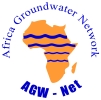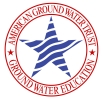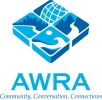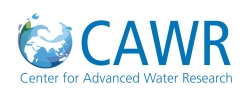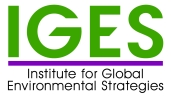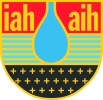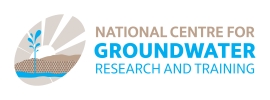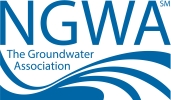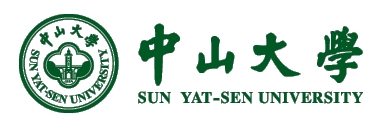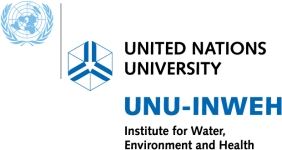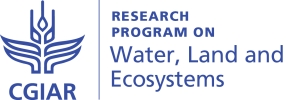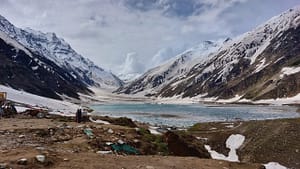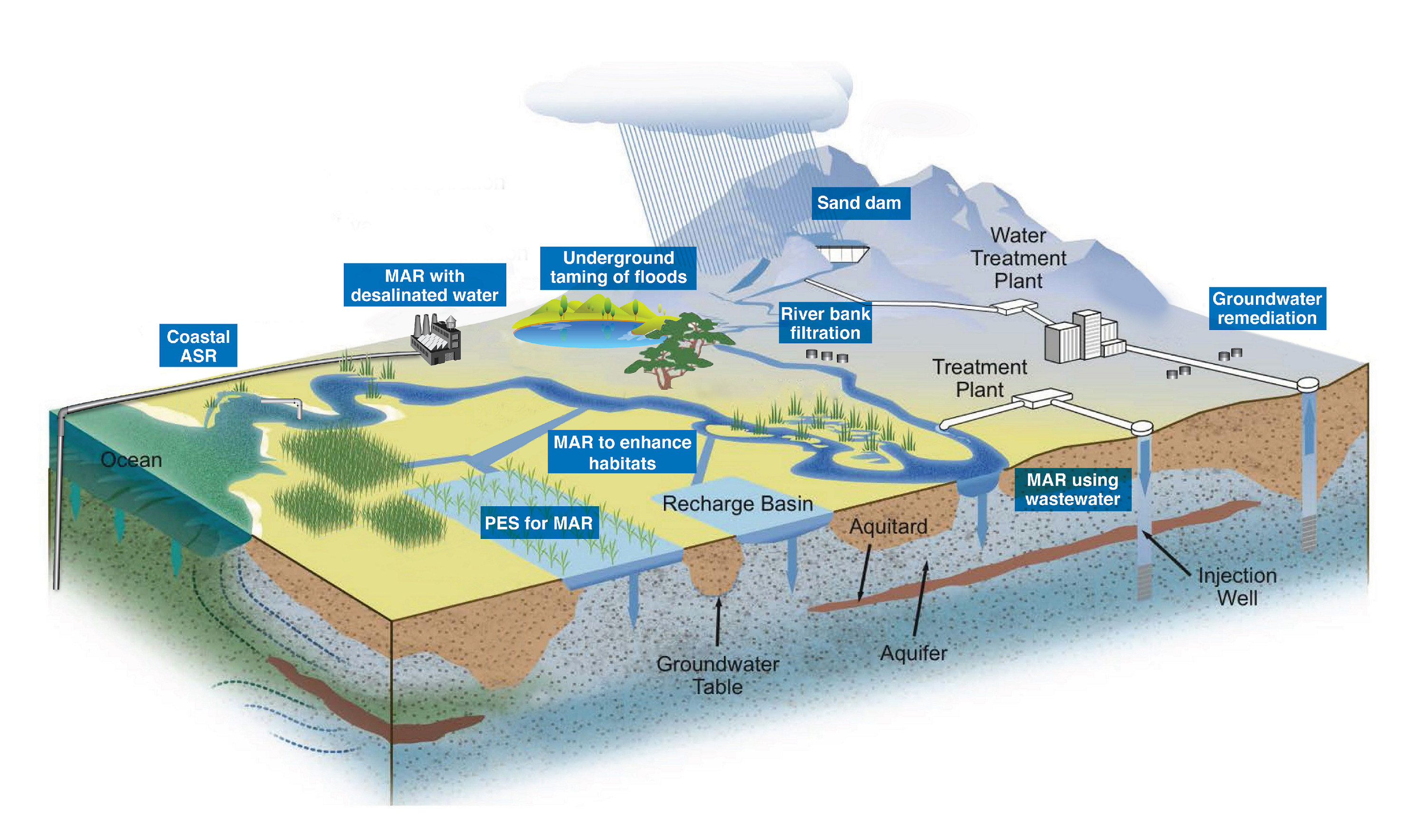
Adapted from MAVEN’S NOTEBOOK.
Introduction
Recently, the dialogue on water and the environment has significantly shifted towards ways in which the environment can not only be conserved but managed to meet human needs sustainably, with a focus on working with nature to produce co-benefits for both people and nature. The World Water Development Report 2018: Nature-based Solutions for Water has contributed importantly to the dialogue [3]. As part of this shift, groundwater and the subsurface environments that contain it (aquifers) are increasingly seen as strategic and integral resources (natural capital) for providing water supplies and other natural ecosystem services that support human development and resilience[i] [2]. In a complex world influenced by population growth, climate change, and demographic and environmental changes, it is increasingly important to enhance, manage and sustain services derived from groundwater and the subsurface. Technological advances and increased knowledge and expertise related to groundwater, and the subsurface and environmental processes make it possible to develop a broad portfolio of approaches that permit better management of these natural resources and services. Purposefully and strategically managing groundwater services and associated environments enhances the resilience of populations and economies, while sustaining desirable ecosystem functions.
Managing and optimizing underground water storage can increase resilience in dry periods or seasons of uncertain and variable climate. The option of building more surface water reservoirs is increasingly limited by decreased runoff, reservoir siltation, environmental concerns and the fact that in many countries, the most cost-effective and viable sites have already been used. In addition, increasing temperatures lead to increased water loss through evaporation. Aquifer recharge, storage and recovery are being adopted as a viable alternative [4]. Managed aquifer storage plays a key role in helping communities to adjust to climate variability and uncertainty by enabling irrigators and other users to continue having access to water during droughts. Aquifer storage can be more sustainable and cost-effective than traditional human-built, or “grey,” infrastructure such as dams [3] [5]. Also, in contrast with centralized surface storage, managed aquifer recharge (MAR) is decentralized, allowing for the diversification of water source types used to augment recharge (e.g., treated wastewater and urban stormwater). This helps build local resilience [5].
Another issue is how to use naturally occurring biophysical and chemical processes in the subsurface to better enable communities to maintain or enhance water quality for different purposes. In many cases, the options provided by subsurface solutions to enhance water quantity or quality are cost-effective and replace or complement other types of interventions that rely on built infrastructure on the ground, like surface storage dams and water treatment plants. Groundwater-based Natural Infrastructure (GBNI) offers a variety of co-benefits, like flood control, water purification, conjunctive use, habitat benefits and recreation.
A diverse menu of interventions called GBNI solutions can provide critical services and multiple benefits that hinge on controlling groundwater processes.
Definition of Groundwater-based Natural Infrastructure solutions:
Human approaches or interventions that intentionally utilize and manage groundwater and subsurface systems and processes in order to increase water storage, retention, water quality and environmental functions or services for the overall benefit of water security, human resilience, and environmental sustainability
What are GBNI solutions, and what do they do?
GBNI solutions are an extension of historical reliance on and exploitation of groundwater and its associated natural services (Figure 1). However, with GBNI, these services are intentionally enhanced and managed for multiple benefits, with strong emphasis on achieving environmentally sustainable outcomes, while focusing on provisioning services from groundwater pumping, such as water for multiple uses. The World Water Development Report 2018: Nature-based Solutions for Water [3] has focused the water and environment dialogue on ways in which the environment can be managed to meet human needs for water and other ecosystem services. While including examples that involve groundwater and the subsurface, however, the report falls short of a comprehensive overview of GBNI. Hence, we present here an integrated framework and examples of the multiple and often interlinked solutions provided by groundwater and the subsurface for water management and environmental protection.
GBNI solutions take advantage of the natural processes of water infiltration, purification, storage and discharge, enhancing them through human intervention to achieve economic, social and environmental outcomes. The solutions are organized according to four key contributions: (1) water storage, (2) water retention, (3) water quality, and (4) environmental services (see the Guide for GBNI solutions). The relative importance and feasibility of the various services and benefits that GBNI can provide vary, depending on the natural and socioeconomic context; but, often the benefits are somewhat interlinked, and the GBNI solutions are often developed with multiple objectives in mind.
GBNI refers to natural (“green”) infrastructure and processes that depend on groundwater and/or aquifers. Some elements of built (grey) infrastructure (e.g., water wells or detention storage basins) may form part of GBNI solutions in order to enhance and manage the natural infrastructure. A combination of green and grey infrastructure and related integrated interventions are likely to provide the most effective and efficient solutions in particular cases [4].
The Guide provides a framework for and typology of the main types of GBNI solutions, and various policy interventions that support their implementation. This classification focuses on GBNI for providing water for human uses, while improving resilience and environmental conditions. It does not specifically address the management and protection of in-situ aquifer biodiversity and ecosystem health [6]. Nor does the framework take into account subsurface natural infrastructure and services associated with the subsurface space (like geotechnical functions, and storage and deposition of material and waste in the subsurface) or with extractable non-water subsurface resources (like minerals and energy) [7].
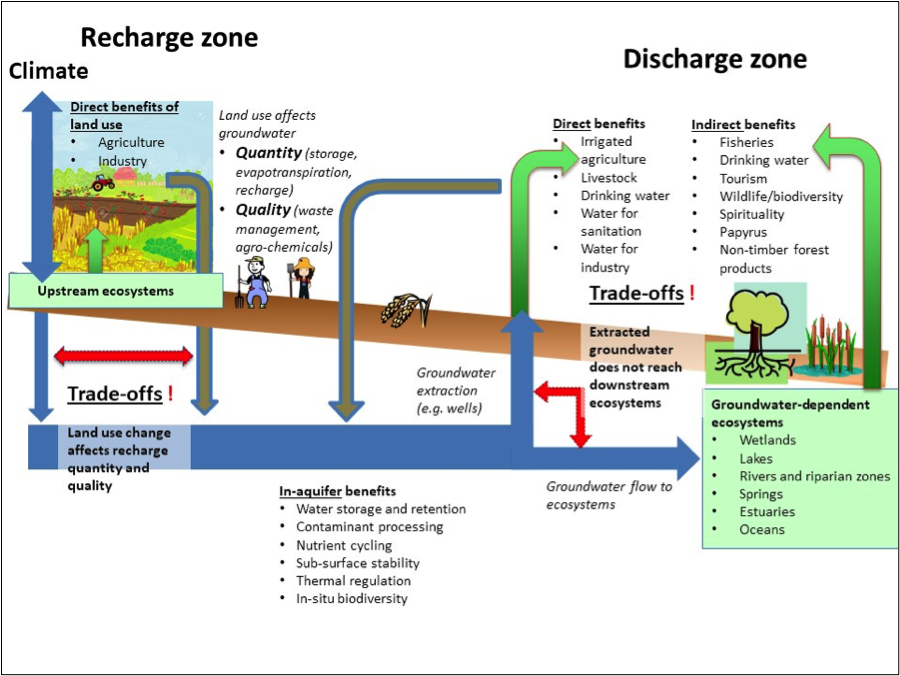
Figure 1. Conceptual diagram of the many ecosystem services associated with groundwater on a landscape scale. People benefit from and influence ecosystems throughout the process (source: WLE 2015 [10]).
A wide range of GBNI solutions provide a buffer against droughts and floods (GBNI Functions 1 and 2 in the Guide). Various water sources, including rainfall, runoff, river water, stormwater and treated wastewater, are used to augment underground storage. GBNI often relies on other sources of water and is predicated on conjunctive management of water resources. Green infrastructure for buffer solutions includes natural floodplains, temporal wetlands, improved soil and landscapes. GBNI solutions that enhance water purification (GBNI Function 3 in the Guide) utilize natural infrastructure, including the subsurface environment with its natural (bio)filtration, attenuation, and carbon and nutrient regulation processes [6]. Grey infrastructure supporting GBNI includes infiltration wells or basins supporting MAR, wells for pump-and-treat, subsurface reactive barriers, etc. These approaches are supported by policy interventions, such as protection of recharge zones, land use regulations, groundwater use entitlements, groundwater markets, groundwater quality standards, and reserve or environmental flow requirements (see the Guide).
Examples of GBNI solutions from implementation around the world
The Guide for GBNI Solutions includes links to diverse cases around the world in which GBNI solutions have been applied to enhance water and environmental security. These differ not only in terms of the purpose of the GBNI technology but also the overall context of the intervention and its possible integration into wider strategies and management approaches to water, land, environment, infrastructure and livelihoods at various scales. The cases illustrate both positive outcomes as well as challenges.
Summing up benefits and challenges with GBNI
Groundwater is often utilized and managed unsustainably, with poor outcomes for people and the environment [8]. GBNI solutions provide opportunities to:
- enhance sustainable management of groundwater;
- raise awareness of the need to deliberately incorporate solutions based on groundwater into nature-based solutions [4];
- offer a broader portfolio of solutions for water security, resilience and environmental sustainability;
- promote integrated and conjunctive water resources management; and
- optimize environmental outcomes of nature-based solutions.
The success of the wide spectrum of novel GBNI solutions should be gauged according to various criteria, including bankability, social acceptance, equitable access to benefits, environmental sustainability, proper operation and maintenance, and adequate institutional and policy frameworks. Green and grey infrastructure are sometimes presented as separate solutions. With GBNI solutions, green infrastructure is key. However, green and grey infrastructure solutions are often combined and supplement each other in order to address specific problems with groundwater overexploitation and/or environmental and water quality. Consequently, one GBNI solution may serve several functions, e.g., water storage as well as environmental flow regulation.
In order for GBNI solutions to fulfill their promise and prove sustainable, it is important to develop critical knowledge and capacities, while generating evidence from particular contexts. A poor understanding and inadequate control of the processes involved with GBNI solutions could undermine the approach, leading to further deterioration of already degrading subsurface environments and services (see example here). Also, GBNI needs to be integrated into wider strategic and basin-scale approaches. Localized and distributed recharge interventions can be positive but are not sufficient if not considered as part of a larger basin-scale approach — one in which land and water management are integrated in order to preserve and use groundwater surface water interactions for the benefit of managers, users, and the environment (see example here). GBNI may provide partial solutions to groundwater depletion and to certain types of contamination. However, GBNI will only be successful if accompanied by proper groundwater management and policies, and sufficient investment in knowledge development and infrastructure. If groundwater is not managed properly and in conjunction with other water sources, the replenishment of aquifers with additional water could inadvertently lead to further overexploitation or degradation of aquifers and water resources more broadly, as users will find more water to pump or to use groundwater for uncontrolled dumping of waste. The replenishment and recharge of aquifers and use of aquifers for water quality protection should be seen as means to increase resilience and secure water supplies for all. Hence, this approach needs to be coupled with sound land use management, water governance, environmental monitoring, conservation practices in agriculture, increased efficiency of use, etc.
GBNI receives important and increasing support through various networks. The Groundwater Solutions Initiative for Policy and Practice (GRIPP) with its many partners and other organizations has compiled the information presented in this document. The International Association of Hydrogeologists (IAH) Commission on Managed Aquifer Recharge, among others, works extensively to promote and sustainably develop MAR. The global portal for managed aquifer recharge (Global MAR Portal) provides access to information on about 1,200 MAR interventions globally. The success of MAR solutions depends on careful, site-specific planning, often done using computer simulations [9]. The INOWAS platformis a free, web-based modelling platform, which supports stakeholders in planning, assessing and optimizing MAR interventions. It is imperative to further develop the community of practice around GBNI solutions to raise awareness, create knowledge and achieve more beneficial implementation and outcomes of these integrated solutions.
For further information, contact GRIPP (iwmi-gripp@cgiar.org)
[i] The capacity to respond and adapt to change.
- Aquifers (subsurface water reservoirs in geological porous media) store 98-99% of the liquid freshwater on Earth, up to 10 million km³ [1]
- Globally, 2.5 billion people depend on groundwater to satisfy their basic water needs.
- Groundwater accounts for 43% of all water used for irrigation
Aquifers also have important ecological functions, such as maintaining base flows of rivers, lakes and wetlands; maintaining soil moisture and water temperature in connected streams and estuaries; and recycling and regulating nutrients. Sustainable management of groundwater is vital for terrestrial, coastal and estuarine aquatic ecosystems, and for their functions and services. Likewise, sustainable management of land and surface water resources is vital for sustainable services from groundwater. Water in the subsurface and the services these systems provide are critical for sustaining human life and nature [2]
[1]Margat, J.; van der Gun, J. 2013. Groundwater around the world: A geographic synopsis. CRC Press, Taylor and Francis Group.
[2]Bergkamp, G.; Cross, K. 2006. Groundwater and ecosystem services: Towards their sustainable use. International Symposium on Groundwater Sustainability (ISGWAS). Gland, Switzerland: International Union for Conservation of Nature (IUCN). Pp. 177-193.
[3]WWAP (United Nations World Water Assessment Programme)/UN-Water. 2018. The United Nations World Water Development Report 2018: Nature-based solutions for water. Paris, France: United Nations Educational, Scientific and Cultural Organization (UNESCO). http://unesdoc.unesco.org/images/0026/002614/261424e.pdf
[4]McCartney, M.; Dalton, J. 2015. Built or natural infrastructure: a false dichotomy. CGIAR Research Program on Water, Land and Ecosystems (WLE), Thrive Blog. https://wle.cgiar.org/thrive/2015/03/05/built-or-natural-infrastructure-false-dichotomy
[5]Perrone, D.; Rohde, M.M. 2016.Benefits and economic costs of managed aquifer recharge in California. Research Brief. Stanford Water in the West. http://waterinthewest.stanford.edu/sites/default/files/Groundwater_Aquafier_Recharge_Brief.pdf
[6]Griebler, C.; Avramov, M. 2015. Groundwater ecosystem services: A review. Freshwater Science34(1): 355-367.
[7]van der Gun, J.; Custodio, E. 2018. Governing extractable subsurface resources and subsurface space.Chapter 20 in:Advances in groundwater governance, eds., Villholth, K.G.; López-Gunn, E.; Conti, K.; Garrido, A; van der Gun, J.Leiden, The Netherlands: CRC Press. Pp. 389-408.
[8]Villholth, K.G.; López-Gunn, E.; Conti, K.; Garrido, A.; van der Gun, J. (Eds.) 2018. Advances in groundwater governance. Leiden, The Netherlands: CRC Press.
[9]Ringleb, J.; Sallwey, J.; Stefan, C. 2016. Assessment of managed aquifer recharge through modeling—A review. Water8(12): 579. https://doi.org/10.3390/w8120579
[10]WLE (CGIAR Research Program on Water, Land and Ecosystems). 2015. Groundwater and ecosystem services: A framework for managing smallholder groundwater-dependent agrarian socio-ecologies – Applying an ecosystem services and resilience approach. Colombo, Sri Lanka: International Water Management Institute (IWMI). CGIAR Research Program on Water, Land and Ecosystems (WLE). 25p. http://www.iwmi.cgiar.org/Publications/wle/corporate/groundwater_and_ecosystem_services_framework.pdf
Other key references
Hirji, R.; Mandal, S.; Pangare, G. 2017. South Asia groundwater forum: Regional challenges and opportunities for building drought and climate resilience for farmers, cities and villages. New Delhi, India: Academic Foundation. 116p. http://documents.worldbank.org/curated/en/917111513695938541/pdf/122133-WP-PUBLIC-FINAL-SAGF-PROCEEDINGS.pdf
Karen G. Villholth1*and Andrew Ross2
1*International Water Management Institute (IWMI), South Africa; Email: k.villholth@cgiar.org
2Australian National University (ANU), Australia







